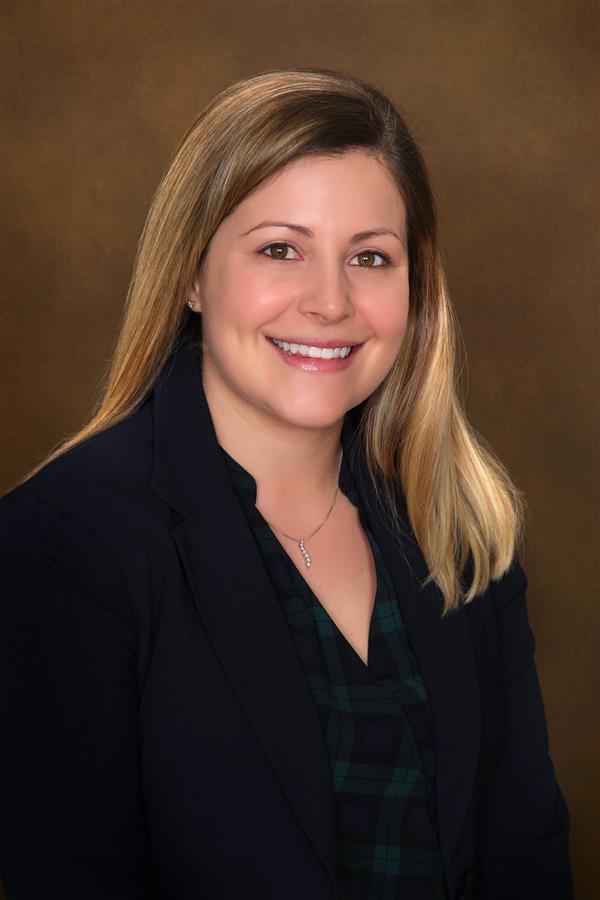- Doctors & Departments
-
Conditions & Advice
- Overview
- Conditions and Symptoms
- Symptom Checker
- Parent Resources
- The Connection Journey
- Calm A Crying Baby
- Sports Articles
- Dosage Tables
- Baby Guide
-
Your Visit
- Overview
- Prepare for Your Visit
- Your Overnight Stay
- Send a Cheer Card
- Family and Patient Resources
- Patient Cost Estimate
- Insurance and Financial Resources
- Online Bill Pay
- Medical Records
- Policies and Procedures
- We Ask Because We Care
Click to find the locations nearest youFind locations by region
See all locations -
Community
- Overview
- Addressing the Youth Mental Health Crisis
- Calendar of Events
- Child Health Advocacy
- Community Health
- Community Partners
- Corporate Relations
- Global Health
- Patient Advocacy
- Patient Stories
- Pediatric Affiliations
- Support Children’s Colorado
- Specialty Outreach Clinics
Your Support Matters
Upcoming Events
Mental Health Town Hall
Tuesday, April 23, 2024Join Children’s Hospital Colorado pediatric experts for a virtual...
-
Research & Innovation
- Overview
- Pediatric Clinical Trials
- Q: Pediatric Health Advances
- Discoveries and Milestones
- Training and Internships
- Academic Affiliation
- Investigator Resources
- Funding Opportunities
- Center For Innovation
- Support Our Research
- Research Areas

It starts with a Q:
For the latest cutting-edge research, innovative collaborations and remarkable discoveries in child health, read stories from across all our areas of study in Q: Advances and Answers in Pediatric Health.


Craniofacial Center
Fibrous Dysplasia in Children
We see more, treat more and heal more kids than any other hospital in the region.

What is fibrous dysplasia?
Fibrous dysplasia is a condition characterized by abnormal bone growth. It is a benign fibro-osseous disease process in which normal bone is replaced by fibrous tissue and immature bone. Fibrous dysplasia may involve one bone (monostotic form) or, less commonly, multiple bones (polyostotic form). Individuals with the polyostotic form of fibrous dysplasia, early puberty, endocrine problems and skin pigment changes may have McCune-Albright syndrome.
Who gets fibrous dysplasia?
Fibrous dysplasia is a rare congenital condition. It is associated with a spontaneous gene mutation affecting the cells that make bone. This is not an inherited condition, meaning that it has not been passed to a child by a parent. The cause of the disease is unknown.
What are the symptoms of fibrous dysplasia?
Although the disease is present at birth, diagnosis is not usually made until late childhood or the teen years. Signs and symptoms of the polyostotic form of fibrous dysplasia may be noted earlier. The bones most commonly affected are the femur, tibia, pelvis, ribs, skull, facial bones and humerus. Typical presentation is one of painless enlargement of the involved bone or pathologic fracture of an extremity. When the craniofacial skeleton is involved, the maxilla or frontal bones are most frequently affected. This may cause facial asymmetry. Depending on which bone(s) is involved, the disease may cause problems with vision, hearing, eating, speech or cranial nerve function. It is rare, but malignancy (cancerous cells) may develop in bones affected by fibrous dysplasia.
How is fibrous dysplasia diagnosed?
Examination of your child's skull, face and body will help guide your child's doctor towards a correct diagnosis. A CT scan, X-ray and/or an MRI will be used to diagnose the changes in the craniofacial skeleton that are associated with fibrous dysplasia. A bone biopsy may confirm the diagnosis.
How is fibrous dysplasia treated?
A thorough evaluation by the Craniofacial Center will be undertaken. Your child may also see a team of specialists to help diagnose and treat his or her particular condition(s). Together we will create a comprehensive treatment plan for your child.
The main concerns in the early treatment planning for children with fibrous dysplasia have to do with vision, breathing and hearing. The timing of any surgery is determined by the severity and presentation of your child's particular symptoms. If there are no symptoms, then conservative treatment with observation and close follow up is recommended. There is no cure for fibrous dysplasia.
Medications known as bisphosphonates have been used for chronic pain in adult patients. If the disease progresses to cause functional or psychosocial concern, then surgery may be recommended. The type of surgery recommended will depend on symptoms, but may include debulking the tissue or completely resecting the tissue with reconstruction using bone grafts.
Next steps
-
Would you like to learn more about us?
Learn more about the Craniofacial Center -
Do you have questions about your child’s condition?
720-777-5578

Compassionate care, wherever you are
We’re here when you need us. Telehealth appointments are available across every specialty, so you can get the high-quality care we’ve always offered from the comfort, privacy and convenience of home.
See if telehealth is right for you
Get to know our pediatric experts.

Lindsay Dyer-Kindy, PA-C
Physician Assistant

Chinonye Ihekweazu, CPNP-PC
Certified Pediatric Nurse Practitioner
Patient ratings and reviews are not available Why?


Fritz Karrer, MD
Surgery - Pediatric, Surgery, Surgical Critical Care



 720-777-0123
720-777-0123



